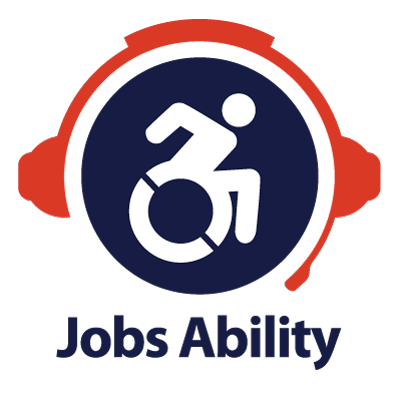Job Opportunity: Recruitment and Retention Specialist | Mass Mentoring Partnership
May 20, 2021Job Opportunity: Pre-Employment Program Specialist Part Time | Partners for Youth with Disabilities
May 20, 2021Pre-Employment Program Specialist
40 hours/week
Partners for Youth with Disabilities (PYD) works to create a world where young people with disabilities will be able to live with dignity and pride in who they are, and to lead self-determined lives filled with purpose. To make this happen, we build the skills and abilities of young people with disabilities, and increase the inclusivity of workplaces, organizations, and communities.
For over 25 years, PYD has offered the Career Readiness Program, a program for youth with disabilities that addresses barriers to employment, graduation, and academic success in meaningful and measurable ways. PYD’s Career Readiness Program partners with Boston Public Schools (BPS), state rehabilitation agencies, Greater Boston Area high schools, and community partners to serve students through classroom learning, real-world experiences, internships, and professional mentoring. This includes a collaboration with the Massachusetts Rehabilitation Commission (MRC) to deliver Pre-Employment Transition Services (Pre-ETS) for students with disabilities (ages 14-their 22nd birthday). The Pre-Employment program provides the five required Pre-ETS services including: work-based learning experiences, job exploration counseling, workplace readiness training, self-advocacy/peer mentoring, and counseling on post-secondary education or training programs.
PYD’s headquarters is located in Somerville, MA. The organization currently is working remotely and will continue to adapt work routines as warranted by the COVID-19 situation and the organization’s needs.
Key duties of the Pre-Employment Program Specialist include, but are not limited to:
• Provide classroom instruction and support to students during Pre-Employment Program sessions taking place in schools, various community locations, or virtually.
• Differentiate curriculum, incorporating Universal Design for Learning guidelines, as needed for participants based on tier/skill level.
• Provide one to one instruction for students needing additional supports to access the curriculum.
• Collaborate with team members to determine real world experiences best suited for cohort of students.
• Lead one day community based real-world experiences with employer, community, or education partners.
• Conduct student intakes and assist with program outreach and enrollment collaborating with Program Manager.
• Maintain accurate record of work including weekly case notes and attendance records using data management systems.
• Assist with program data collection and evaluation.
• Complete required reporting for MRC including individual participant reports.
• Collaborate with Outreach Coordinator to ensure successful onboarding process for student internships.
2 Effective June 2021
• Provide support to students participating in internship experiences, including weekly in-person or virtual check-ins with each intern and internship site supervisors.
• Review interns’ goals and discuss internship expectations and responsibilities.
• Attend bi-weekly PYD staff meetings.
• Attend team meetings and supervision.
• Assist with Career Readiness and agency wide special projects as they occur.
Supervision: This position reports to the Career Readiness Program Manager.
Qualifications:
• BA/BS and 2-3 years work experience in the education and/or disability field.
• Excellent verbal and written communication skills.
• Experience with and passion for working with youth with disabilities.
• Detail-oriented.
• Ability to effectively manage time and meet competing demands.
• Ability to think outside of the box.
• Flexibility and a good sense of humor.
• Must be able to independently navigate to community partner locations throughout the Greater Boston area (e.g. MRC area offices, schools, employer partners, class locations).
• Available to possibly run programming on weekends of evenings.
• Bilingual skill in ASL, Spanish, Haitian Creole or Mandarin desired.
Diversity & Inclusion:
We encourage people with disabilities, BIPOC (black and/or indigenous people and people of color), multi-lingual speakers, people of any religion or ethnicity, and ASL speakers, of all gender identities and socio-economic backgrounds to apply.
Salary range: $38,500 – $41,000
Benefits:
PYD provides employees with the following benefits package:
• Health insurance with a generous employer contribution (Tufts Health Plan; Silver and Gold tier plan options)
• Employer-paid life and AD&D insurance
• Employer paid short term and long term disability insurance
• 401(k) retirement plan with 3% employer contribution
• Paid vacation time, starting at 3 weeks (15 days) per year
• Paid sick time, 12 days per year
• Paid holidays, 14 days per year
• Personal time, 3 days per year
• Flexible work scheduling, depending on position
• Free parking on site
• Supportive staff culture committed to providing our employees with the support & accommodations they need to be successful
3 Effective June 2021
To apply: Please send a resume and cover letter to Rebecca Cronin at rcronin@pyd.org
The filling of this position is dependent on PYD’s receiving a state-funded contract. Hiring and the length of the term of engagement will be contingent on the agency receiving the expected funding.
